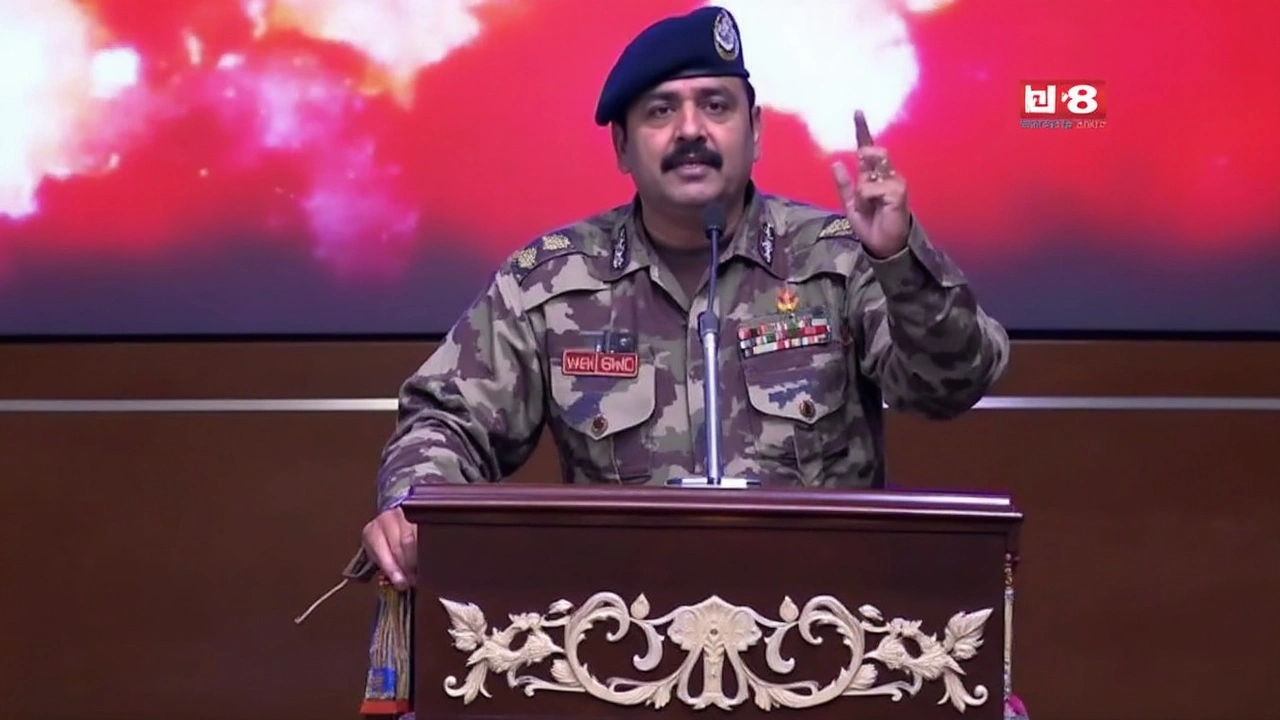
Operation Sindoor: India Hits Deep Inside Pakistan
On the night of May 9-10, 2025, India pulled off an audacious move—launching Operation Sindoor against major Pakistani airbases, including the heavily guarded Nur Khan Airbase right on the outskirts of Islamabad. The world learned about this operation when images started showing up: blown-out runways, scorched fuel convoys, and warehouses ripped apart. Debris littered the tarmac, giving a raw visual of just how far India was willing to go.
This wasn’t some out-of-the-blue action. The strikes came after Pakistan’s own set of drone and missile attacks, which ratcheted up tensions in the region. By mounting such a deep strike, India not only demonstrated its improved range and intelligence—it sent a message straight to the heart of Pakistan's military establishment. With Nur Khan Airbase housing prized assets like the Saab Erieye radar planes, IL-78 refuelling jets, and C-130 transports, losing operational capacity here isn’t just about rebuilding tarmac—it’s about a major dent in Pakistan's ability to see, move, and respond in a crisis.

Crisis Inside Pakistan: General Asim Munir’s Dash to the Bunker
As bombs and missiles battered the base, one story stood out from inside Pakistan’s leadership: General Asim Munir, Pakistan's Army Chief, was hurried into a secure bunker beneath the sprawling General Headquarters complex in Rawalpindi. For nearly three hours, he remained underground—a tactical decision shaped by the real surprise of the night. India had managed to put pressure on a facility just a stone’s throw away from the Strategic Plans Division, the nerve center responsible for Pakistan’s nuclear arsenal. That’s not just military pressure—it’s psychological, too. It shook confidence in the safety of areas traditionally considered untouchable.
Sources from within the Pakistani military circle admitted the quick bunker move wasn’t standard protocol. Usually, high-level relocations like this only happen if there’s a clear and present threat to top leadership. The sheer precision and speed of the Indian operation left Pakistani commanders scrambling, with many now thinking carefully about where to deploy or even relocate essential assets in the future. There’s talk of shifting airbases and strengthening hardened shelters, but with satellite eyes everywhere and strike capabilities growing, the old playbook may not be enough.
People who track South Asian military affairs point out that this event could lead to more rapid escalation or a hard look at crisis management on both sides. For Pakistan, making sure their command and control setups aren’t exposed is suddenly a lot more challenging. For India, the ability to show not just intent but credible strike depth changes the balance—and not just on paper.
As dust settles on Nur Khan’s tarmac, both sides find themselves in a new era of risk, surprise, and technological advantage. The human side—the moments of fear and urgency even at the highest levels—is now part of the region’s strategic playbook.